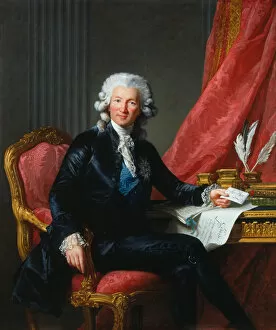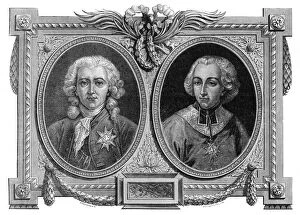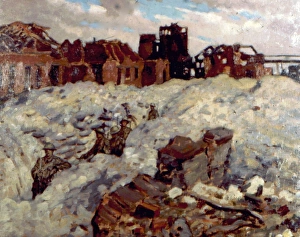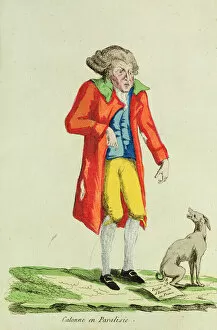Calonne Collection
Calonne, a name that resonates throughout history with various connotations and depictions
All Professionally Made to Order for Quick Shipping
Calonne, a name that resonates throughout history with various connotations and depictions. From engravings capturing the visage of Charles Alexandre, vicomte de Calonne, to portraits showcasing his influential role in 18th-century France, this figure has left an indelible mark. In the year 1784, a portrait of Charles-Alexandre de Calonne was created, immortalizing his presence during a pivotal period. The artist Jean-Baptiste Mauzaisse skillfully captured the essence of this statesman who played a significant role in shaping French politics. Moving forward to the early 19th century, we encounter another depiction - not as a political figure but as part of historical events. An unexploded shell found in Calonne serves as a haunting reminder of the turmoil experienced by northern France during World War I. Alongside it stands a veterinary station for horses - evidence of the compassion shown even amidst chaos. Returning to earlier times, we witness an artistic portrayal featuring Charles Alexandre de Calonne alongside Lomenie de Brienne. This artwork from 1882-1884 showcases their collaboration and influence on French society during that era. Another intriguing representation emerges through Le Brun's caricature depicting Calonne paralyzed - an amusing yet thought-provoking commentary on power dynamics and political struggles. Amidst these diverse depictions lies Louis XVI's speech to the Assembly of Notables where he sought counsel from figures like Calonne. This momentous occasion marked an attempt at reforming France's financial system under his guidance. However, beyond these historical references lies Wimbledon House - perhaps unrelated but bearing resemblance in name alone. A curious connection that sparks intrigue and invites further exploration into its significance within this narrative. In just 150 words, glimpses into different facets emerge: from political influence to wartime struggles; from collaborations with fellow statesmen to satirical portrayals; from pivotal speeches to seemingly unrelated connections.














